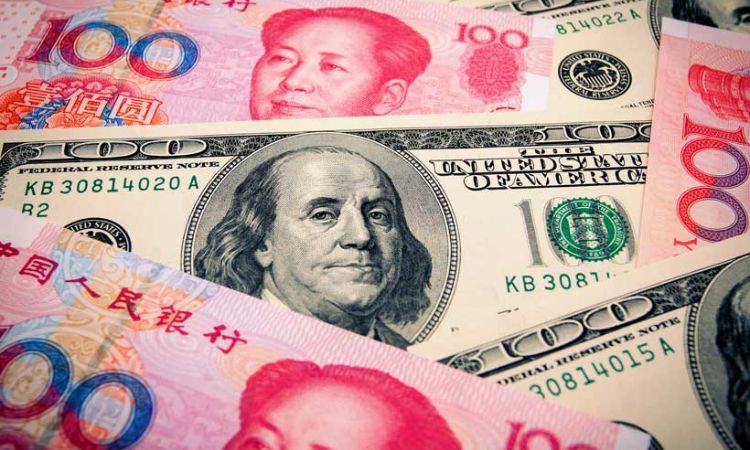In recent years, China’s currency yuan, has been gradually gaining dominance around the world, with many countries starting to accept it as a means of payment for international trade. One of the latest countries to accept the yuan for transactions is Argentina, which has decided to ditch the US dollar and will be importing Chinese products in yuan.

Brazil, another South American country and China’s biggest trading partner has also agreed to settle some trade with China in local currencies, making it easier to transact in yuan. India, however, has shown reluctance to use the yuan for paying for Russian imports and has preferred the UAE’s dirhams instead. Despite this, big financial institutions like Citigroup and Goldman Sachs have predicted that the yuan will become the third most used currency in international payments by 2030.
The Rise of Yuan as the Most Widely-Used Currency for Cross-Border Transactions
According to the Reuters news agency, the yuan became the most widely-used currency for cross-border transactions in China in March, overtaking the dollar for the first time. Cross-border payments and receipts in yuan rose to a record $549.9 billion in March from $434.5 billion a month earlier, with the yuan used in 48.4% of all cross-border transactions in March 2023.
China’s Push for the Global Use of the Yuan
To further promote the global use of the yuan, the Chinese government has set up a global offshore yuan market in Singapore, London, Paris, Hong Kong, and Luxembourg. The exchange rates are determined by market factors without regulatory intervention, according to the South China Morning Post. China has also signed 41 currency-swap agreements between 2009 and 2020, including with the European Union.
Argentina and Brazil Seeking to Reduce Their Reliance on the US Dollar
Both Argentina and Brazil are seeking to reduce their reliance on the US dollar, with officials launching discussions on a common unit of account to bypass the dollar in bilateral trade. By accepting the yuan for transactions, both countries hope to decrease their dependence on the US dollar and strengthen their trade ties with China.
India’s Stand on the Use of the Yuan
India, one of the key buyers of Russian crude oil, has shown reluctance to use the yuan to pay for Russian imports. The central government has instead preferred the use of UAE’s dirhams to settle trade with Russia. While India’s reluctance to use the yuan may pose challenges to China’s plans to promote the yuan as a global currency, China remains determined to make the yuan a major player in the international currency market.
The Future of the Yuan
Big financial institutions like Citigroup and Goldman Sachs have predicted that the yuan will become the third most used currency in international payments by 2030. However, the internationalization of the yuan will be a long process and will face challenges brought about by geopolitical factors. Nevertheless, China’s push for the global use of the yuan and the increasing acceptance of the currency by other countries suggest that the yuan will continue to gain dominance in the international currency market in the years to come.
Conclusion
China’s currency yuan‘s increasing dominance in the international currency market highlights China’s growing economic power and its determination to challenge the US dollar’s dominance as the world’s reserve currency. While some countries, like India, have shown reluctance to use the yuan, many others have already started to accept it as a means of payment for international trade. The future of the yuan looks promising, but China will have to continue to work towards promoting the currency’s global use while also addressing the challenges posed by geopolitical factors.















